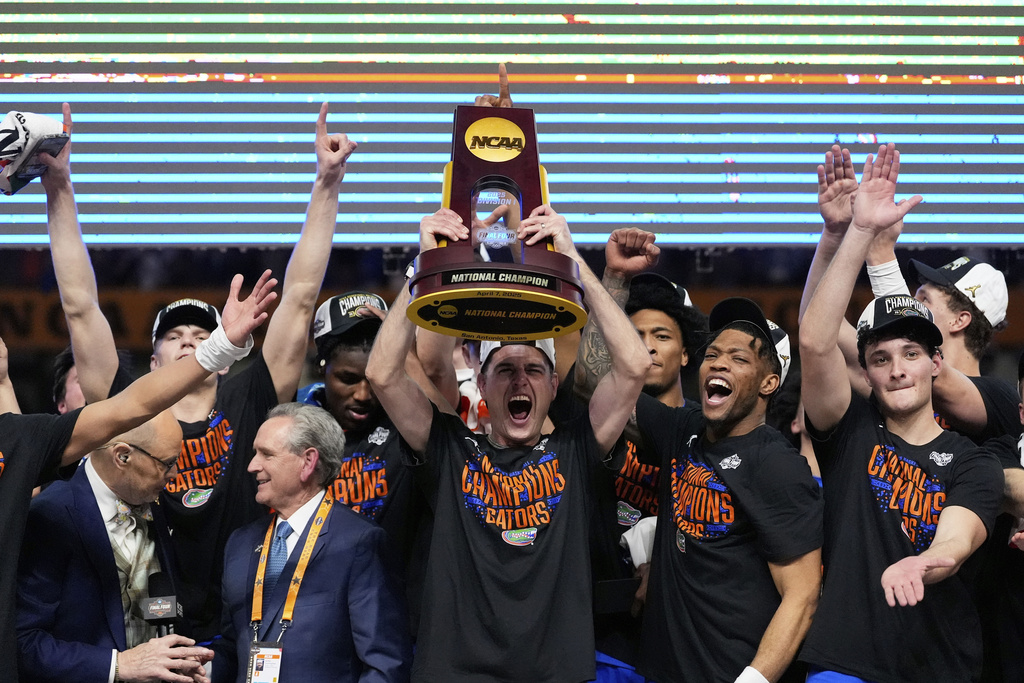Kenny Wong: "Maybe my grandfather in the spirit in the sky is watching over us."
Sixty-five year-old Kenny Wong is a retired vet who spent 25 years in the U.S. Navy. Like him, his great grandfather also contributed to this country. But unlike him, his great grandfather was erased from American history.
Kenny: "I always tell everybody that my great grandfather built the Transcontinental Railroad. That's what I know. Nothing more… That's why when I first heard ... we'll be doing a 150 anniversary of the Transcontinental railroad, I said, 'What? I have to go, I don't care. I will go.'"
Wong Sing Leung, Kenny's great grandfather, was one of the 12,000 nearly forgotten Chinese railroad workers who built the First Transcontinental Railroad.
Kenny: "My great grandfather have left China at a young age, really, in his, maybe his late 20s."
The majority of the Chinese railroad workers were poor and the railroad work gave them economic opportunities. The railroad connected the East to the West Coast in Promontory, Utah. It is credited with making America the economic power it is today because it cut travel times to days instead of months. We join Kenny on his journey to find his great grandfather's past.
Kenny: this journey is so important to me. I want to find out for myself what it was really like during the time."
We're at the Family History Library in Salt Lake City, a genealogical research facility to see if there are any documents that proved Kenny's great grandfather's worked on the railroad.
Jason Harrison, Research Specialist at Family Search. "Trying to identify them and their records can be challenging. Kenny doesn't. Have much information to go on. He's got the Chinese name. Once we find somebody with that name in the right time period. Having any surety that this is our guy is difficult, because we don't have anything else to connect him.
"Many Chinese Americans today are interested to see if they can find direct documentary evidence," says Gordon Chang, a historian and Stanford University professor. He did extensive research on the Chinese railroad workers. "And a few families have been able to do that. But the vast majority of Chinese Americans who come forward and say they are descendants of Chinese railroad workers can't document that history because the documents just aren't there.
According to Chang, some Chinese workers weren't even listed.
Michael Kwan: "It's consistent with the social norms of the time. The Chinese were not considered people..." Michael Chang is the president of the Chinese Railroad Workers Descendants Association. He also lacks documentation to prove he's a descendant. He says: "They were considered more of a commodity, a tool to be used to achieve an end — you probably have tools at home, you probably didn't name them. It makes it that much more difficult for descendants to trace their lineage."
Kenny: "This is the first time I'm here."
A little more than an hour away is the Chinese Arch — which marks an old Chinese settlement where railroad workers may have lived
Kenny: "I feel like I'm kind of reliving what my great grandfather has gone through... It's basically middle of spring. And it's pretty cold. And I can imagine during the winter time here it would have been very, very cold with high winds."
The Chinese weren't given the same advantages as white railroad workers. They lived in tents as opposed to railroad cars, were paid half the salary and often times they were given more dangerous work, working with explosives. Hundreds died.
Wong survived. He spent 35 years in America. But after the completion of the railroad, he was kicked out of the country by theChinese Exclusion Act of 1882. It was the first law to ban immigration based on race and it deported Chinese workers.
Cat: "Why give back to this country, the same country that kicked your great grandfather out?" Kenny: "Never knew my great grandfather was kicked back to China. Maybe I was ignorant. I didn't know about the Chinese exclusion at until 15-16 years ago." Cat: "Does the Chinese Exclusion Act and what your great grandfather has gone through — does that change your view of America?" Kenny: "No. I will remember that but we have to move forward."
Kwan: "The Chinese Exclusion Act was an absolute outrage. It was unjust. And, you know, it took decades before we even got half an apology."
The Chinese workers were largely left out of history books and this iconic photograph. At this year's 150th anniversary of the First Transcontinental Railroad, the Chinese workers are remembered, represented and finally included. Today, a woman of Chinese heritage leads the U.S. Department of Transportation.
Elaine Chao, U.S. Secretary of Transportation: "The Chinese workers did all of this in a land that did not grant them citizenship, that did not allow them to bring their families with them. But their legacy lives on."
To replace that iconic photograph, a new one is retaken — this time with descendants of Chinese railroad workers.
Chang: "For all of us. We should see it as a beginning point. To learn more about the past and learn more about the Chinese railroad workers to see if we can find more documentation and stories." Kenny: " In a way it breaks my heart what they went through. But then, in another way it is a triumph because of what they accomplished."
At this final leg of his journey, Kenny didn't find proof that his great grandfather worked on railroad, but he didn't leave empty-handed. Kenny: "This is where the two trains meet. And I would like my grandson to have it. This way, I can explain to him the whole story." Kenny heads to California — riding on the same rails his grandfather might've helped construct.









